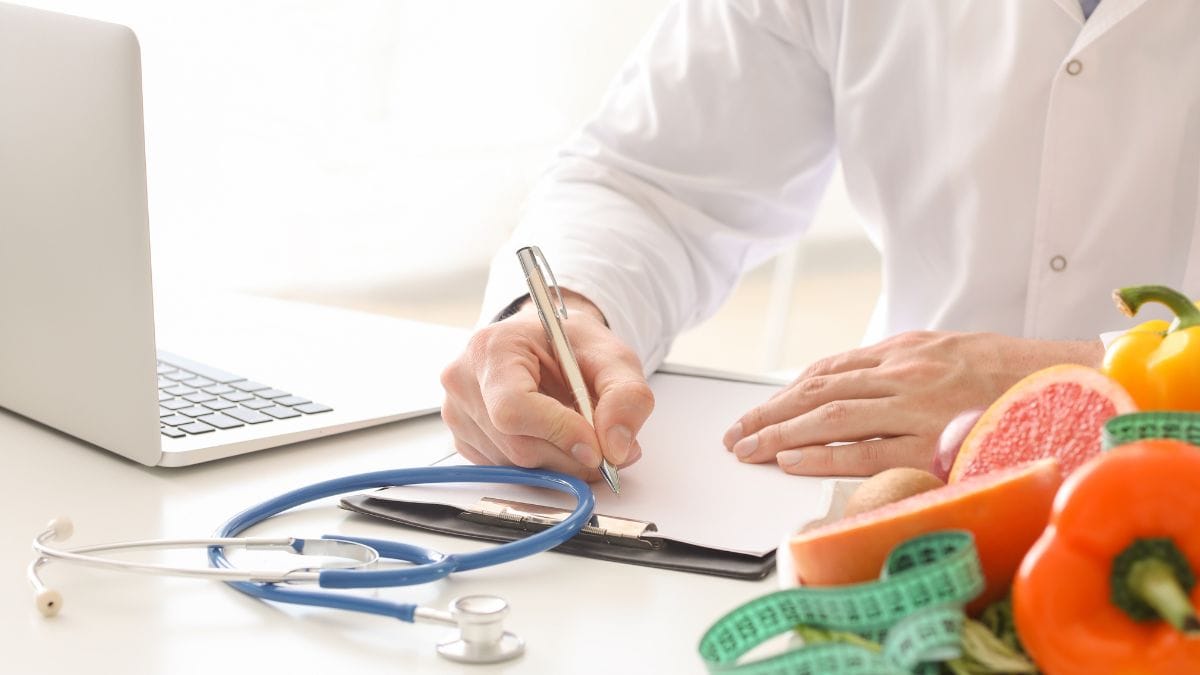Drinking Oat Milk in GERD: Is it SAFE or Not?
Short Answer: Oat milk is good for GERD because it has beta-glucan and calcium, and they can lower stomach acidity and strengthen the LES. Gastroesophageal reflux disease (GERD) is a condition that affects your esophagus, the tube that connects your mouth and stomach. In GERD, your lower esophageal sphincter (LES), a ring of muscle that normally closes after food passes into your stomach, relaxes or weakens and allows stomach acid to flow back into your esophagus. This can lead to various health problems, such as inflammation, ulcers, bleeding, narrowing, or cancer of the esophagus. One of the key factors in managing GERD is diet. What you consume can affect your stomach acidity, which can impact your GERD symptoms and overall health. To effectively manage GERD, you should consume low-fat, high-fiber foods like oatmeal, bananas, apples, and carrots and avoid high-fat, spicy, acidic, or caffeinated foods like fried foods, tomatoes, citrus fruits, chocolate, coffee, and mint. Now, oat milk is a plant-based milk alternative that’s made from oats that have been soaked in water, blended, and strained. People usually drink oat milk as a substitute for dairy milk or use it in beverages like coffee or tea. Oat milk is good for GERD because it contains beta-glucan and calcium. Beta-glucan is a soluble fiber that can help lower stomach acidity and reduce GERD symptoms. Calcium is a mineral that can help strengthen the LES and prevent acid reflux. One cup (240 mL) of unsweetened oat milk can give you 2 grams
